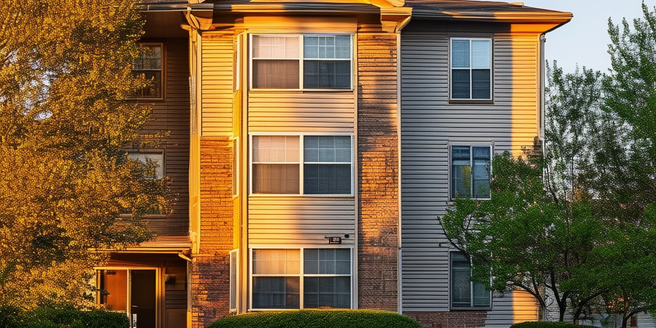
Understanding the Basics: What is Section 8 Housing?
Section 8 Housing, also known as the Housing Choice Voucher Program, is a federal initiative designed to aid low-income families, the elderly, and the disabled. The purpose of this program is to offer these groups a selection of affordable housing options suitable to their unique needs, such as detached houses, townhouses, or apartments. The program is a reflection of the government’s commitment to promoting the welfare of these vulnerable groups by bridging the gap between privileged and underprivileged inhabitants. Ultimately, the goal is to improve the beneficiaries’ quality of life through fair access to satisfactory and economically feasible housing.
Myth 1: Section 8 Housing is Only for Unemployed Individuals
A misunderstanding regarding Section 8 housing is that it’s strictly for those without employment, but this idea falls short of representing the program’s true diversity of beneficiaries. Far from being exclusively for the unemployed, Section 8 is a federal assistance program designed to help a wide range of families, including those with working members, who struggle to cover standard housing costs due to insufficient income. The program lends a helping hand to families with individuals in low-wage jobs across various sectors, many of whom find it difficult to meet the burden of current housing markets despite a steady income. Therefore, instead of being solely for the unemployed, the Section 8 program eases the financial strain of housing costs on families across different income brackets.
Myth 2: Section 8 Properties are Poorly Maintained and in Bad Neighborhoods
Contrary to common misconceptions, properties falling under the jurisdiction of Section 8 are regularly inspected to ensure they meet health and safety standards, and they cannot be situated in hazardous or unsafe locales. Many individuals wrongly believe such properties are neglected or located in crime-ridden areas, however, they are bound by stringent codes for upkeep and must comply with specific safety and security parameters set by the authorities. The widely held misconception that Section 8 houses are poorly maintained or situated in dangerous areas is far from the truth.
Myth 3: Landlords Avoid Renting to Section 8 Tenants
Contrary to popular belief, not all landlords shun Section 8 tenants. This misconception overlooks the substantial number of landlords who actually appreciate the financial stability that comes from a steady, reliable flow of income brought by the Section 8 program. While not all landlords are in favor of the program, it is inaccurate to claim it is universally avoided. The truth is there is a significant segment of landlords who see the value in renting to Section 8 beneficiaries. Thus, debunking the myth that all these tenants are shunned, it’s worth noting that the rental market dynamics are more nuanced, with many landlords finding benefit in enrolling their properties in this program.
Myth 4: Section 8 Housing Promotes Dependency on Government Aid
There’s a common misunderstanding that Section 8 Housing, a government initiative, fosters a culture of dependency on government assistance. This flawed perception suggests that its beneficiaries fail to pursue self-sufficiency. However, the main objective of this program is to provide assistance to the financially underprivileged. It targets those facing economic hardships, thereby making their living expenses manageable. The intention is to alleviate rent burdens so beneficiaries can judiciously spend their income on other necessary expenses like food. The program’s supportive nature extends to healthcare access too, as beneficiaries can allocate more income towards medical needs, which might otherwise be neglected due to limited funds. Lastly, the savings from rent can be invested in educational advancement to break the cycle of poverty. Section 8 Housing, therefore, contrary to misconceptions, encourages efficient fund use, helping beneficiaries build a better future for themselves and their families.
The Reality: The Positive Impact of Section 8 Housing
Section 8 Housing is a significant program that enhances the living conditions for low-income households by making housing more affordable. It supports individual and family access to safe, secure residences, providing an avenue out of poverty for those with limited resources. Beyond aiding households, the program benefits the wider community by boosting local expenditure. It enables beneficiaries to reallocate income traditionally spent on housing to other sectors of the economy, fostering local business activities. Additionally, it maintains housing market stability by providing regular rent payments to participating landlords, preventing property neglect and promoting neighborhood aesthetics. The program is beneficial not just to recipient households but also strengthens the broader economy and housing market, reinforcing its role as a bridge out of poverty.
